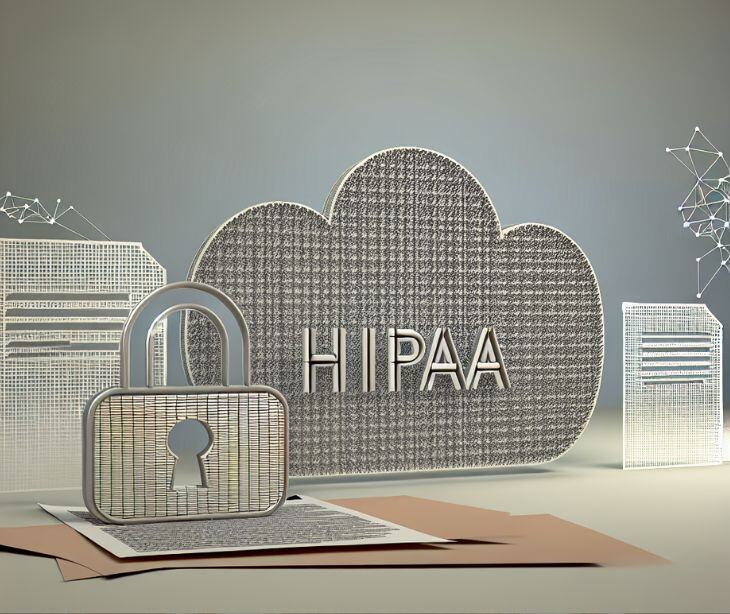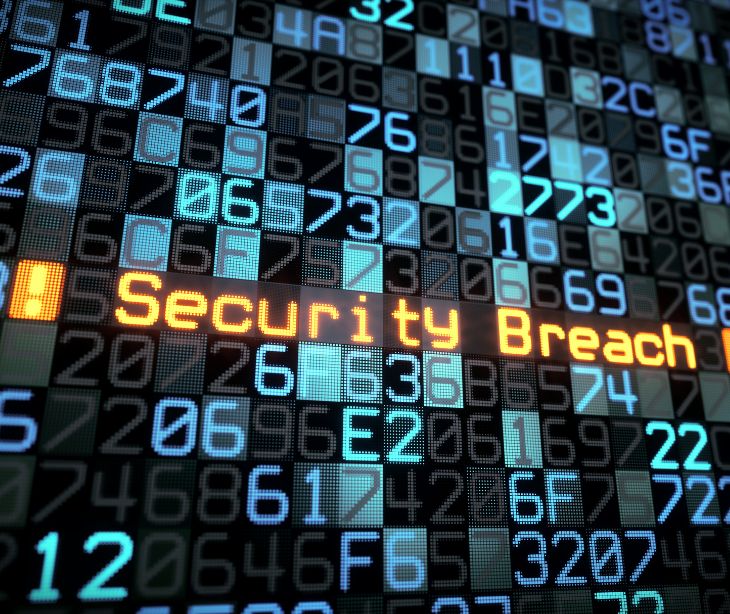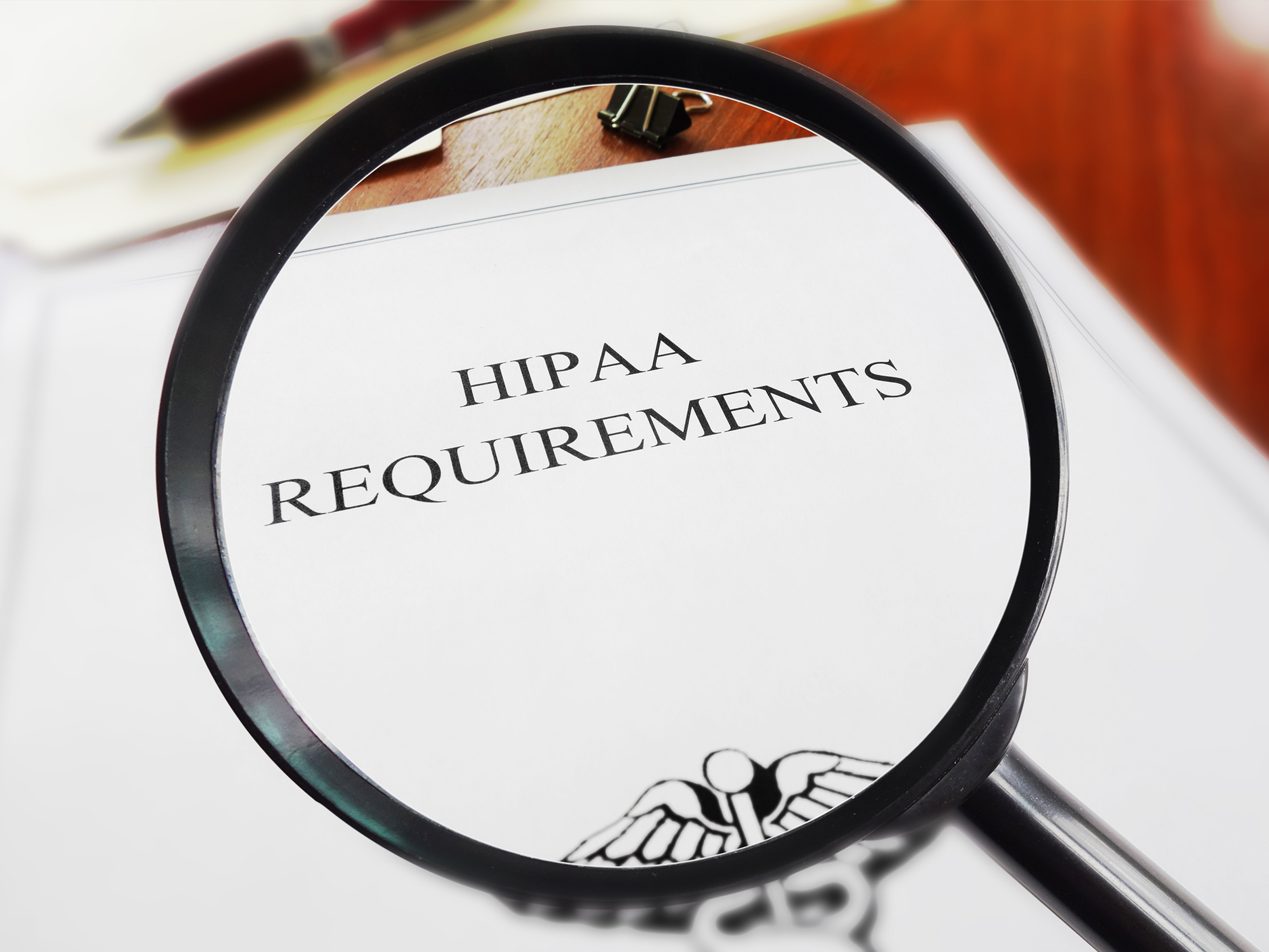
According to the HHS, “The HIPAA Breach Notification Rule, 45 CFR §§ 164.400-414, requires HIPAA-covered entities and their business associates to provide notification following a breach of unsecured protected health information.”
When a data breach occurs, the stakes are high for the organization and the patients whose personal health information (PHI) has been compromised. In such scenarios, healthcare providers must understand the complex web of HIPAA's breach notification requirements with diligence and precision.
Understanding the Breach Notification Rule
The HIPAA Breach Notification Rule establishes clear guidelines for healthcare organizations when it comes to addressing and reporting data breaches that compromise the privacy and security of protected health information (PHI). At the core of this rule is the definition of a breach, which is any unauthorized use or disclosure of PHI that compromises its security or privacy.
Defining a breach
According to the Breach Notification Rule, a breach is presumed to have occurred unless the healthcare organization can demonstrate a low probability that the PHI has been compromised. This determination is made through a risk assessment that evaluates four factors:
- The nature and extent of the PHI involved
- The unauthorized individual or entity who accessed or used the PHI
- Whether the PHI was actually acquired or viewed
- The extent to which the organization has mitigated the risk of exposure
The rule provides three exceptions to this definition, including instances where the breach was unintentional, the PHI was disclosed to an authorized individual, or the organization has a good faith belief that the unauthorized party could not access or retain the information.
Read also: The basic elements of a HIPAA compliant breach notification
Understanding the notification requirements
When a healthcare organization determines that a breach has occurred, they must notify three key parties: the affected individuals, the Department of Health and Human Services (HHS), and, in some cases, the media.
Notifying individuals
The individual notification must be provided without unreasonable delay, but no later than 60 days after the discovery of the breach. This notification must include:
- A brief description of the breach
- The types of information involved in the breach
- The steps the individual should take to protect themselves
- A description of the organization's investigation efforts
- Contact information for the organization
The notification can be sent via first-class mail, but email is also acceptable if the individual has agreed to receive such notices electronically. In situations where 10 or more individuals cannot be reached, the organization must either post the notice on its website for at least 90 days or provide the notice in the media where the affected individuals are likely to reside.
Notifying the Department of Health and Human Services (HHS)
The process for notifying the HHS Secretary varies depending on the scale of the breach:
- For breaches affecting 500 or more individuals, the notification must be made without unreasonable delay, but no later than 60 days after the discovery of the breach.
- For breaches affecting fewer than 500 individuals, the notification can be made annually, but no later than 60 days after the end of the calendar year in which the breach was discovered.
The HHS maintains a publicly accessible list of recent HIPAA breach cases under investigation on its website.
Notifying the media
In cases where a breach affects 500 or more individuals, the healthcare organization must also notify prominent media outlets covering the region where the affected individuals reside. This notice, which can take the form of a press release, must include the same information as the individual notification and be provided without unreasonable delay but no later than 60 days after the discovery of the breach.
Navigating the breach notification process
When a breach occurs, healthcare organizations must act swiftly and decisively to mitigate the impact and ensure compliance with HIPAA's breach notification requirements. Here's a step-by-step guide to understanding the process:
Step 1: Conduct a risk assessment
Immediately after discovering a potential breach, the organization must conduct a risk assessment to determine if a breach has indeed occurred. This assessment should consider the four factors outlined in the Breach Notification Rule: the nature and extent of the PHI involved, the unauthorized individual or entity who accessed the PHI, whether the PHI was actually acquired or viewed, and the organization's mitigation efforts.
Step 2: Notify affected individuals, relevant authorities, and the media
If a breach occurs, promptly notify affected individuals, relevant authorities, and the media if the breach exceeds the requirements. Ensure these notifications include all necessary information and are made without unreasonable delay.
Step 3: Document and Investigate the Breach
Throughout the notification process, the healthcare organization must thoroughly document the breach, including the circumstances surrounding its discovery, the risk assessment, and the actions taken to mitigate the impact and ensure compliance with HIPAA regulations. This documentation will be beneficial in the event of an HHS investigation or audit.
Go deeper: How to perform a risk assessment
Strategies for effective breach response
Understanding the breach notification process can be a complex and daunting task, but healthcare organizations can adopt several strategies to streamline their response and ensure optimal outcomes:
Develop an incident response plan
Proactively establishing an incident response plan can improve an organization's ability to respond effectively to a breach. This plan should outline clear protocols for breach detection, risk assessment, notification, documentation, and designated roles and responsibilities for the incident response team.
Invest in cybersecurity measures
Strengthening an organization's cybersecurity posture can help prevent data breaches in the first place. This includes implementing advanced security technologies, conducting regular risk assessments, and providing security training for all employees.
Foster a culture of compliance
Cultivating a culture of HIPAA compliance within the organization can enhance the overall response to a breach. This involves regular HIPAA training, clear communication of policies and procedures, and a commitment to continuous improvement in data privacy and security practices.
Collaborate with business associates
When a breach involves a business associate, the healthcare organization must work closely with the associate to ensure timely and accurate notification of affected individuals, the HHS, and the media (if applicable). Establishing clear communication channels and contractual obligations can facilitate this collaboration.
Leverage external resources
Healthcare organizations can benefit from seeking guidance and support from external resources, such as legal and regulatory experts, cybersecurity professionals, and industry associations. These resources can provide valuable insights, best practices, and assistance in understanding the complex landscape of HIPAA breach notification requirements.
In the news
On April 26, 2024, the Federal Trade Commission (FTC) updated the Health Breach Notification Rule to include revised definitions and protocols that extend its coverage to health apps and other technologies not covered by HIPAA. This rule now requires vendors of personal health records and related entities to notify affected individuals, the FTC, and sometimes the media about any breach of unsecured personally identifiable health data.
The updated rule, approved by a narrow 3-2 vote, also specifies new requirements for the content and methods of breach notifications, including the use of electronic communication like email. This action is based on feedback from approximately 120 comments received after a Notice of Proposed Rulemaking issued in May 2023.
See more: FTC enhances data protections with updated Breach Notification Rule
FAQs
How can you identify a breach?
Identifying a HIPAA breach involves recognizing any unauthorized acquisition, access, use, or disclosure of PHI that compromises its security or privacy. Monitoring access logs, conducting regular security assessments, and promptly investigating any suspicious incidents are steps in identifying potential breaches. Early detection enables prompt action to mitigate harm and fulfill reporting requirements under HIPAA regulations.
What should individuals do if they believe their PHI has been breached?
Individuals who believe their PHI has been breached should promptly report the incident to the covered entity or business associate responsible for it. They should also monitor their financial accounts and medical records for any signs of fraudulent activity.
What are the penalties for HIPAA violations?
The penalties for HIPAA violations can vary depending on the severity and circumstances of the violation. Civil monetary penalties can range from $100 to $50,000 per violation, with a maximum annual penalty of $1.5 million for all violations of an identical provision. However, penalties can be higher for cases involving willful neglect. They can include criminal charges, which may result in fines of up to $250,000 and imprisonment for up to 10 years for the most severe violations.
Are healthcare organizations liable for HIPAA breaches caused by their business associates?
Yes, covered entities can be held liable for HIPAA breaches caused by their business associates if the business associate was acting within the scope of their agreement with the covered entity at the time of the breach.
What is the difference between a HIPAA breach and a HIPAA violation?
A HIPAA breach involves the unauthorized disclosure of PHI, triggering notification requirements, while a HIPAA violation encompasses any failure to comply with HIPAA regulations, whether or not it leads to a breach. Both breaches and violations can result in penalties, but the severity of the consequences may vary depending on the nature and extent of the non-compliance.
Learn more: HIPAA Compliant Email: The Definitive Guide
Subscribe to Paubox Weekly
Every Friday we'll bring you the most important news from Paubox. Our aim is to make you smarter, faster.




